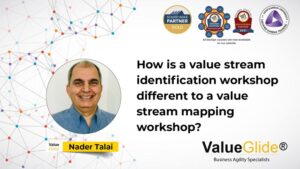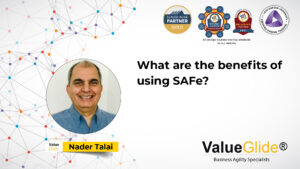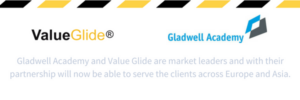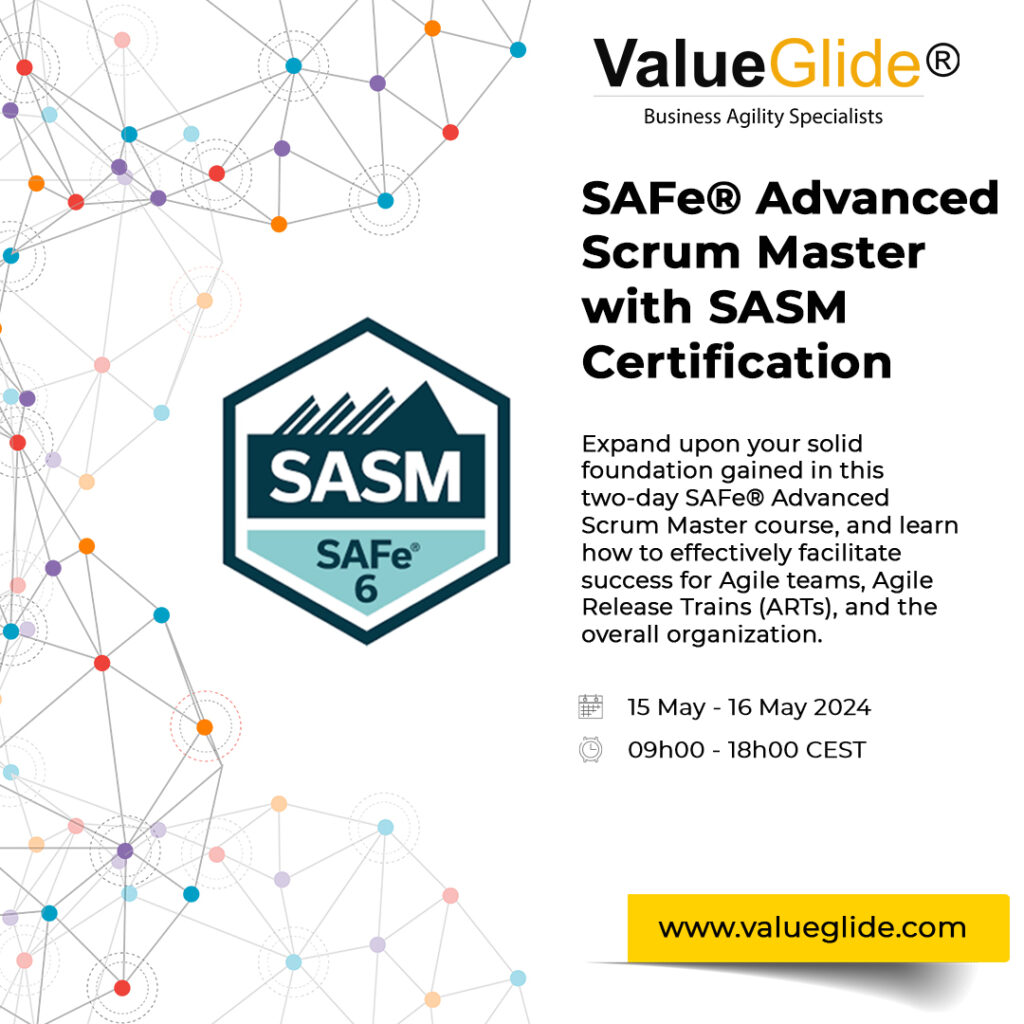How Does SAFe Handle Planning and Execution at the Program Level?
When dealing with large-scale organisations, the Scaled Agile Framework is typically used as a methodology to implement Agile practices. In doing so, the framework operates on three program levels; the team level, the portfolio level, and the program level. At the Program Level of SAFe, a group of Agile teams, otherwise known as the Agile Release Train (ART), work together to deliver a solution on what fits into the value stream. The Program Level of SAFe thus operates on a tight harmony of processes, known as Product Increments. So basically, at this level in SAFe, we coordinate a number of Agile teams to ensure everyone in the organisation is structurally aligned with the customer needs. The planning that goes into determining what this looks like, and how to achieve this requirement involves understanding what the customer needs, and the product management required.
But, How Can We Determine The Customer’s Needs?
Understanding the customer needs is vital information for any organisation that has to deliver a product. For instance, let’s imagine a team of experts needed to deliver a new smartphone version in order to remain competitive, and the current needs of the customers in terms of its smartphone features were not met. What do you think will happen to the value of that smartphone?
You guessed right! It’s probably not going to do very well against its competitors. This is why it is imperative that we conduct a customer needs analysis, and determine what the product’s value streams are.
We can achieve this through:
🚀 Continuous exploration.
🚀 Interviewing clients.
🚀 Immersing oneself into the world of the client.
🚀 Executing Empathy Maps and Customer Journey Mapping.
Why Customer Mapping Is Important For Developers
Having a good understanding and knowledge of the customer needs are not only useful for product management, and the Product Owners. The Developers on the Scrum team also benefit from being involved in this process, since they too need to see first-hand what the value streams are, and how this can fit into the Program Backlog. The Program Backlog defines the backlog of the work that needs to be done in order to meet the customer needs, otherwise known as work item features of the backlog.
So what do we do next?
Once we have got our features of the backlog, it is important that we don’t get carried away, and just simply deliver the features. We need to ensure that our features actually solve problems for our customers, and satisfy their needs accordingly..
Next up, we have our PI planning event.
In SAFe, this is typically a two-day focused planning event whereby all team members including the Developers, Stakeholders, and Product Owners come together and review the Product Backlog, and determine the next steps of direction for the business.
The purpose of of PI Planning is to:
🚀 Provide the business context on what it is the business owners want.
🚀 Engage with product management and the product vision.
🚀 Reevaluate and reiterate what it is we’re doing, and why it’s important.
🚀 Determine how we can improve our customer’s experience and product quality.
🚀 Boost customer satisfaction and retention.
Once this is ironed out, we can now take those things, and break them down into actionable tasks that we can allocate across the team. So for example, during the planning phase, we will determine a rough estimate of what each iteration will look like, and number it accordingly. So that when we are done with iteration one, we can move on to interaction two, and then three, and so forth.
Typically each iteration can take up to two weeks to reach its completion. And the reason for this length is that it gives teams enough room to organise themselves, and continually evaluate their processes, and ensure that everyone stays on the same page.
Feedback and constant evaluation is also prominent, whereby teams meet up daily to reflect on:
🚀 Where are we currently positioned?
🚀 What are the outputs of the current workflow?
🚀 What can we do as a team to achieve our objectives?
🚀 What challenges are hindering our progress and productivity?
At the end of the two weeks, we also conduct a review, whereby we have a system demo of all the team’s work.
We do this to:
🚀Establish and demonstrate credibility, transparency, and visibility throughout the whole organisation.
🚀 Boost the confidence of the business owners and stakeholders since they are able to see what is happening to their investment, and what we are delivering in real-time.
🚀 Keep all interested parties in the loop.
🚀 Identity and deal with any changes or challenges that occurred during those two weeks.
🚀 Encourage collaboration, feedback, and the sense that we are all working towards a common goal.
🚀 Determine how we can improve the way we work at every level of the team.
At the end of the PI, we have an Iteration Retrospective, whereby we:
🚀 Inspect.
🚀 Adapt.
🚀 Implement.
We do this so that we can identify any systematic issues, or work processes that are constraining the team. At the end of the day, we are striving to develop the best product possible, and in doing so, there will inevitably be challenges along the way. Once this has been settled, we can confidently release, resting assured that we have performed our due diligence in safeguarding our product against errors or malfunctions.
Interested to learn more about how SAFe can help enhance product quality?
At Value Glide, through the application of SAFe (Scaled Agile Framework), we are able to offer agile consulting, agile coaching, and agile training specialists who work with organisations to align business objectives with customer needs and wants.
As deeply experienced agile coaches and practitioners, our team is invested in continuous learning through each client engagement and uses the data and evidence we gather from each implementation to inform our training, coaching, and consulting services.
In a nutshell, empirical process control or empiricism.
If you are thinking of adopting agile within your organisation and have identified SAFe as a great agile framework to adopt, implement and improve your business agility, visit our SAFe Quickstart ART Launch program page or view our SAFe Consulting Services page.
If you have identified a need for an agile coach and SAFe coach to help your organisation adopt and implement SAFe, visit our SAFe Coaching Services page. We are committed to equipping organisations with the tools and knowledge to thrive in this ever-changing digital age, and achieve business agility through the Scaled Agile Framework.
Sounds good to you? Then sign-up today, and learn more about this transformation and revolutionary framework that is changing the game in the world of Agile. It is truly remarkable what can be done when we put our heads together and decide to work as one.
If you want to know more about SAFe and how to lead SAFe, visit our SAFE Training page for a host of options, from Leading SAFe to a SAFe Release Train Engineer course.
#SAFe #scaledagileframework #scalingagile #agile #agileframework #agilecoach









